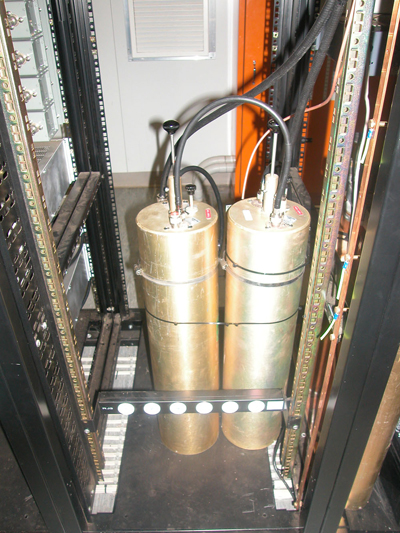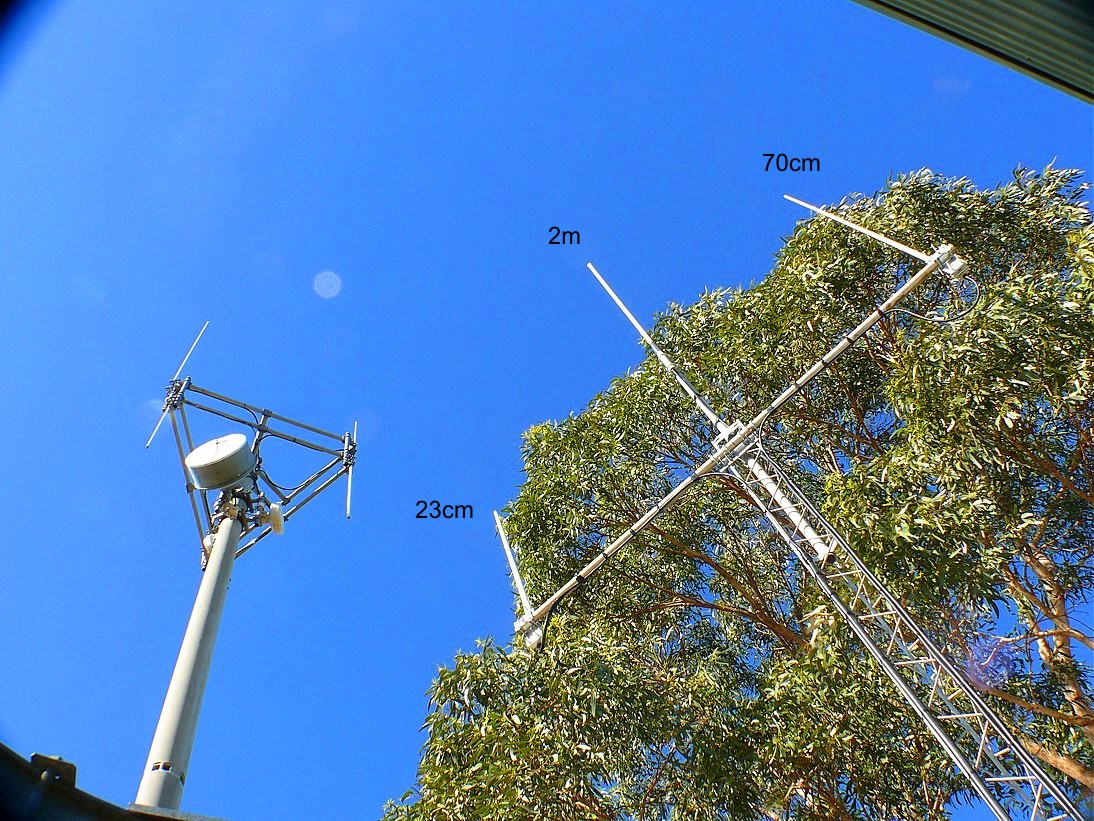ircDDB Overview and Questions and Answers:
What is ircDDB?
ircDDB stands for “irc-based Distributed Database”. ircDDB is simply a network to exchange callsign and routing information between D-Star gateways. The ircDDB network does not directly handle any voice traffic, it simply tells connected gateways where a callsign was last heard and how to connect directly to a specific gateway (via its public IP address). ircDDB provides up-to-date routing information without the synchronisation delay associated with the ICOM implementation of the same functionality (which could be over an hour out of date). ircDDB can also provide (almost) real-time information via various “visualisation” sites, such as http://www.ircddb.net/live.htm.
What is a reflector?
A reflector can be considered to be similar to a repeater, but with no RF capabilities. Reflectors are Internet connected servers, generally in datacentres, which receive a transmission from a connected gateway (via the Internet) and send it out to all other connected gateways for retransmission, via RF in the case of a repeater. The term gateway is used in the broader sense, which includes devices such as dongles and DVAPs.
What is a DCS Reflector?
DCS reflectors are just a different type of D-Star reflector, the others being Dextra/XREF and DPlus/REF reflectors. Until recently, when similar functionality was added to DPlus, the main advantage of DCS was that header information was transmitted with each voice packet. This approach avoided some routing issues and therefore provided some advantages like increased reliability and the ability to pick up a QSO mid over. DCS reflectors also handle contention between transmissions in a more graceful way.
DCS reflectors have up to 26 modules available in comparison to the five available on REF & XREF reflectors. Typically module A of all DCS reflectors are linked, creating a worldwide “channel”.
What’s the difference between ircDDB and USTRUST?
Both networks provide routing information to the their connected gateways, with one difference: ircDDB is not a “trust” system.
The USTRUST network requires the registration of both user callsigns and gateways. In other words it aims to be the trusted source of D-Star information. Unregistered callsigns are not allowed to communicate through gateways that purely use the USTRUST network. Additionally, DPlus reflectors require USTRUST registered callsigns. You can, however, carry out a local QSO on any repeater without registering, you just can’t communicate with the rest of the USTRUST based D-Star network through the gateway using callsign/node routing or via Dplus links.
ircDDB only requires registration of gateways so that they can log in to the network and share routing information. There is no need to register individual callsigns if you communicate entirely within the ircDDB-based D-Star network.
Isn’t the USTRUST network more secure?
That depends on what you consider secure. The USTRUST registration process only ensures that someone has registered a callsign that is in use on the USTRUST network. The callsign itself is not securely tied to any particular individual or hardware. In other words, it is no different to other Amateur Radio modes. Just as we can have pirates using bogus callsigns on SSB, FM or digital modes, we can have pirates on D-Star. In the end, this sort of security is the domain of licencing and the licencing authority.
When it comes to the ircDDB addon that is available to ICOM repeater operators for G2 gateways, the addon has been reviewed and approved by the USTRUST network operators. There is no security risk inherent in installing the ircDDB addon and the USTRUST network will not be disturbed by the addon in any way.
Can I register my non-ICOM (homebrew) gateway with the USTRUST?
Initially the USTRUST registered some non-ICOM gateways using the G4ULF NI-Star/StarGate software (about 40 were registered), but they have since stopped this practice.
This means that users of the (as at August 2012) 276 active ICOM G2-gateways that are not ircDDB enabled cannot callsign/node route calls to purely ircDDB-based gateways. For those in this situation, communication can still occur indirectly using DPlus reflectors.
There are 595 D-Star gateways that are enabled with ircDDB. Amateurs using ircDDB enabled gateways can callsign/node route calls to both ICOM G2 and ircDDB gateways. Amateurs wishing to communicate from non-USTrust gateways TO USTrust gateways need to be registered on a USTrust gateway.
From a purely aesthetic point of view, non-ICOM gateways will not appear in the “Linked Gateways” list of DPlus reflectors. It is possible to register a repeater callsign through a G2 gateway as a user, which at least allows the correct callsign to appear in the “Remote Users” list (i.e. the dongle users list).









